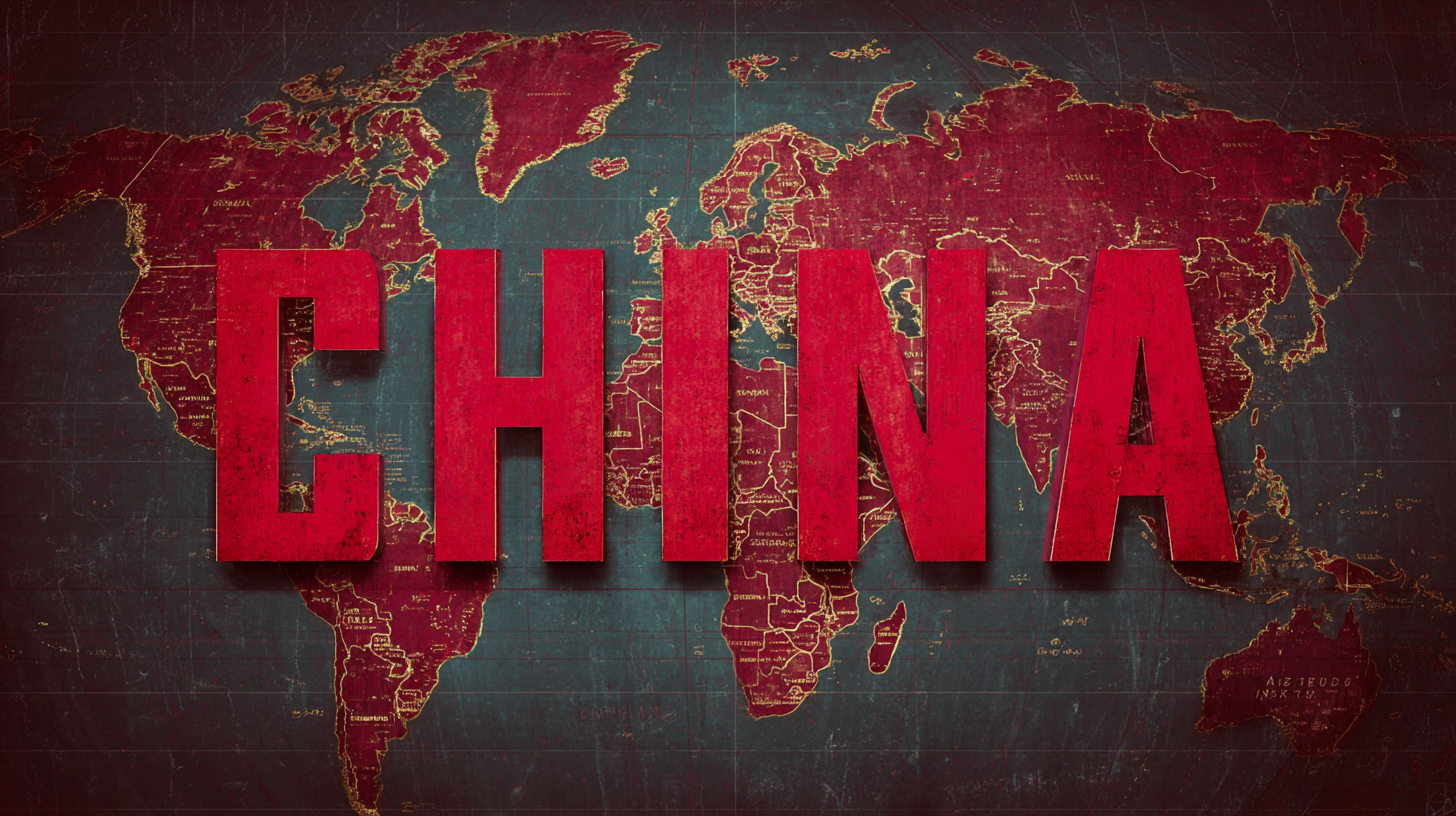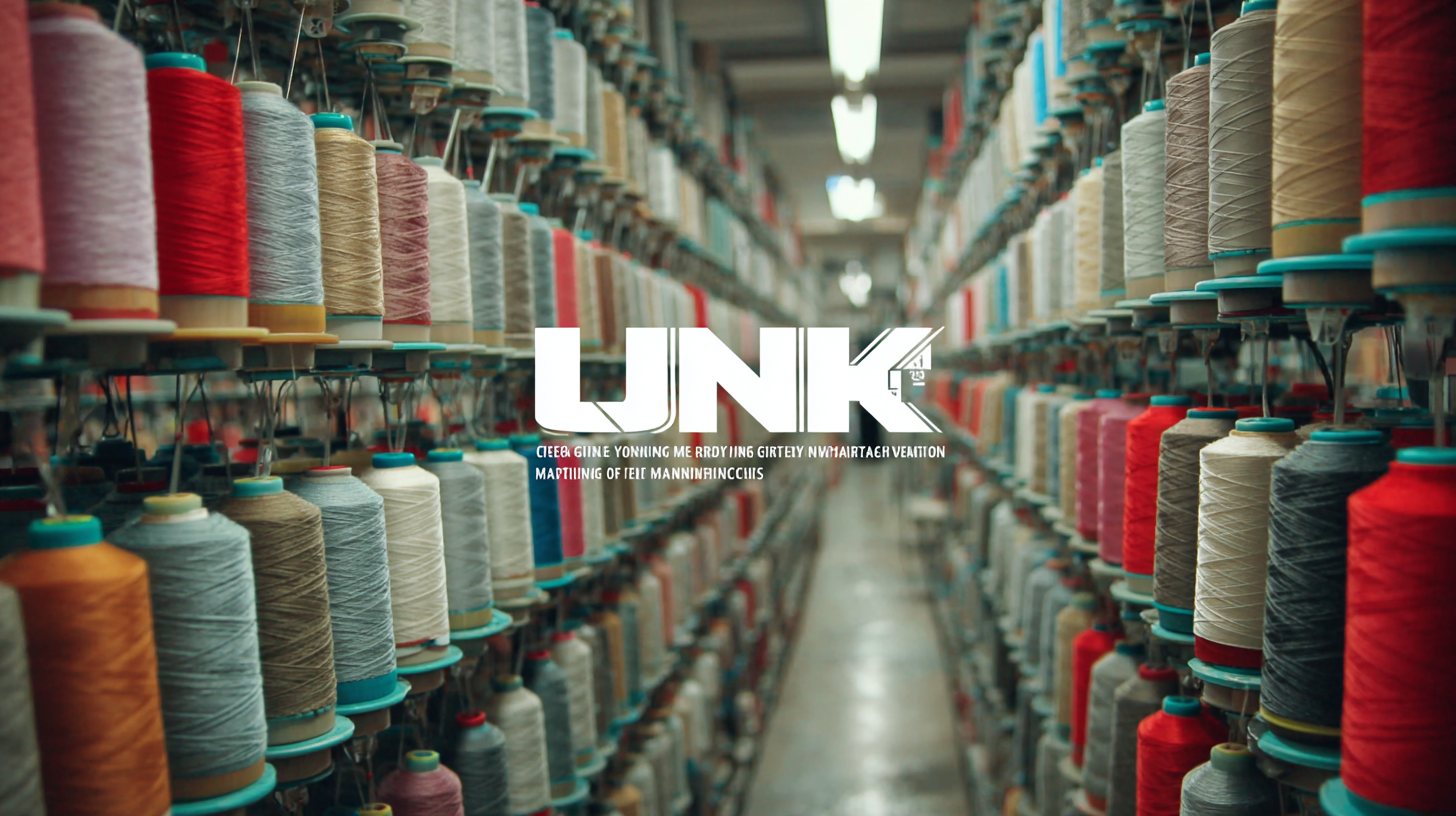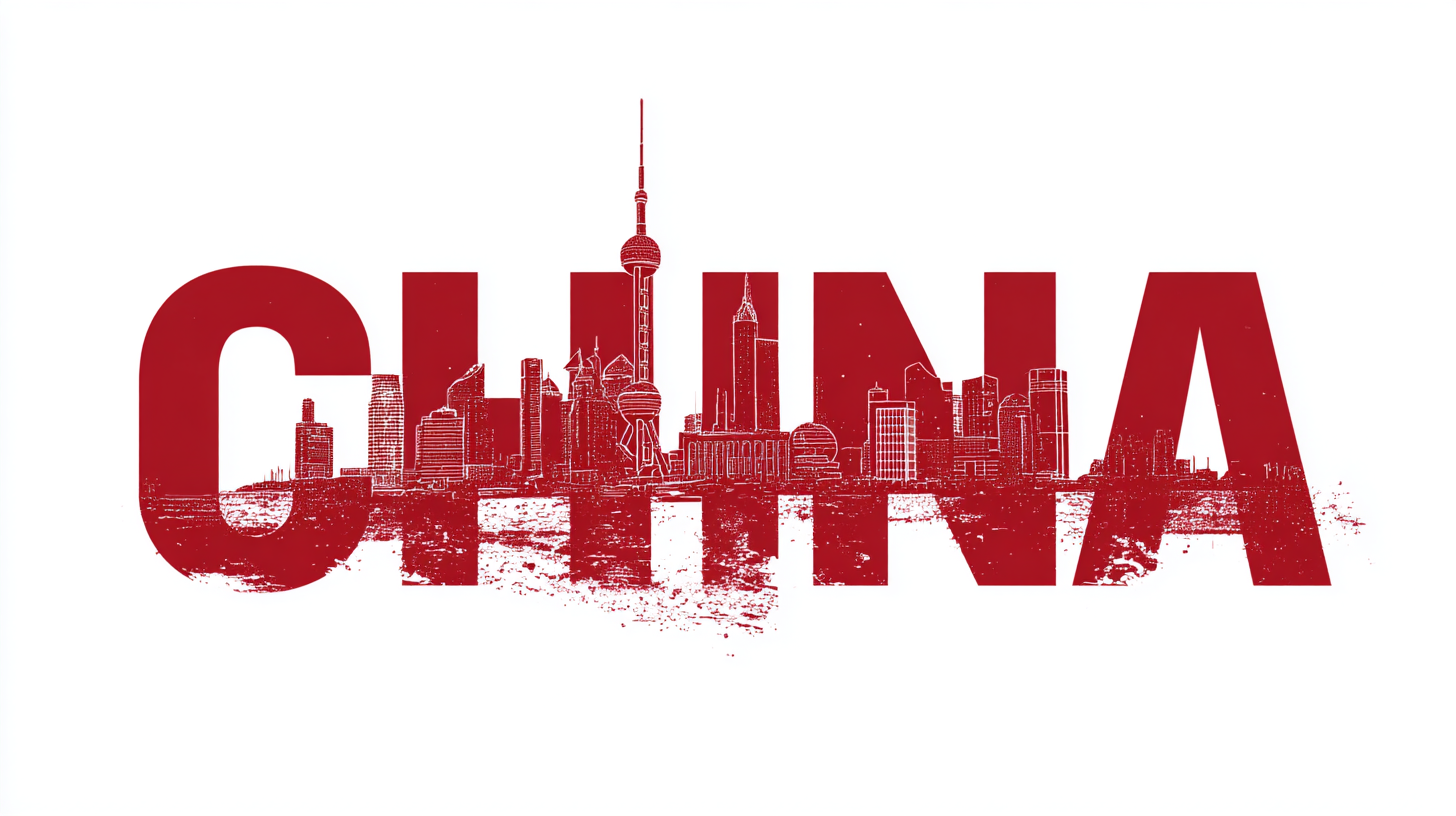As the global market becomes increasingly competitive, the quest for high-quality manufacturing sources has never been more critical for international buyers. A recent report from McKinsey & Company indicates that over 80% of companies are looking to diversify their supply chains, with China remaining a dominant player, contributing to approximately 28% of the world's manufacturing output. However, navigating China's vast manufacturing landscape can be challenging due to the sheer number of suppliers and varying quality standards.

A study by Deloitte highlights that 90% of buyers feel overwhelmed when selecting manufacturers in China, underscoring the necessity for a strategic approach. Unlocking excellence in supplier selection requires an understanding of key indicators that distinguish the best manufacturers from the rest. In this blog, we will explore effective methods for global buyers to identify top manufacturers in China, ensuring quality and reliability in their sourcing decisions.
Understanding the manufacturing landscape in China is crucial for global buyers aiming to find the best suppliers. China's manufacturing sector is diverse, encompassing a wide range of industries including electronics, textiles, automotive, and machinery. According to a report by McKinsey, China accounted for nearly 28% of the world's manufacturing output in 2021, reinforcing its position as the largest manufacturer globally. This variety means buyers need to pinpoint specific specializations and competencies while sourcing products.
Tip: When researching manufacturers, consider leveraging platforms like Alibaba or Global Sources to explore different categories and read reviews.
In addition to industry type, understanding the regional strengths within China can also inform your selection process. For instance, Guangdong province is renowned for electronics, while Zhejiang specializes in textile production. A report from Statista indicates that approximately 35% of China's textile exports come from this region, showing the importance of location in supplier selection.
Tip: Use regional trade shows and exhibitions as platforms to meet potential suppliers and assess their capabilities firsthand. Engaging directly can provide insights beyond what online profiles or reports reveal.

When global buyers seek to partner with Chinese manufacturers, there are three critical criteria that must be meticulously evaluated: quality, capability, and reliability. According to a report from McKinsey, the Chinese manufacturing sector is projected to contribute over $6 trillion to the global economy by 2025, emphasizing the sheer scale and competitiveness of the market. Quality control, therefore, becomes paramount. Buyers should seek manufacturers that comply with international standards such as ISO 9001, ensuring that their products consistently meet stringent quality benchmarks. A recent survey by Statista indicated that 82% of manufacturers in China claim to have implemented quality management systems, highlighting the importance placed on this aspect within the industry.

Capability is another pivotal criterion. It is essential to assess whether a manufacturer has the technological expertise and resources to meet specific production needs. According to a report from PwC, almost 70% of Chinese manufacturers are investing in advanced manufacturing technologies like automation and AI, thus enhancing their capacity and innovation potentials. Additionally, evaluating a manufacturer's reliability—through past performance, delivery times, and customer reviews—can significantly reduce risk in supply chain management. A study by Deloitte reported that reliable suppliers can improve overall business efficiency by up to 30%, underscoring the importance of this factor in choosing the right manufacturing partner in China.
Navigating language barriers can be one of the most challenging aspects of sourcing products from China. Effective communication is essential not only for negotiating prices but also for ensuring that the quality and specifications meet international standards. One practical step global buyers can take is to utilize professional translation services or software. While these tools can facilitate basic conversations, having a bilingual representative can significantly enhance the clarity of communication. This ensures that both parties understand the intricacies of the product specifications and requirements.
In addition to leveraging translation resources, fostering a relationship with suppliers through consistent communication is vital. Using simple language and avoiding jargon can aid in reducing misunderstandings. It’s beneficial to confirm that the supplier has a clear grasp of your needs by summarizing discussions and requesting feedback. Video calls can also bridge the gap left by language differences, allowing for non-verbal cues that enhance understanding. By prioritizing effective communication, global buyers can eliminate potential pitfalls and build a strong foundation for successful partnerships with Chinese manufacturers.
In today's interconnected world, leveraging technology is essential for global buyers aiming to identify and assess the best manufacturers in China. With over 30% of the world’s manufacturing output coming from China, the selection process can seem daunting. However, utilizing data-driven tools, such as AI-powered analytics and supplier evaluation platforms, can significantly streamline this task. According to a recent report by McKinsey, using these technologies allows companies to reduce supplier risk by 20% and enhance procurement efficiency.
Tips: Invest in platforms that offer comprehensive data on suppliers’ performance, compliance records, and financial stability. Tools like Alibaba and Global Sources provide user reviews and ratings which can be instrumental in assessing credibility.
Additionally, implementing machine learning models can assist in predicting supplier reliability based on historical performance data. For instance, a study from Gartner shows that organizations employing advanced analytics have seen a 15% increase in procurement effectiveness. By utilizing these cutting-edge technologies, buyers can not only enhance their supplier selection process but also establish long-term partnerships with the most reliable manufacturers in the industry.
Tips: Don’t overlook social media and industry forums for first-hand insights into manufacturers’ reputations and operational capabilities. These platforms can serve as a valuable supplement to formal assessments.
| Criteria | Description | Value |
|---|---|---|
| Years of Experience | Number of years the manufacturer has been in operation. | 15 |
| Production Capacity | Maximum number of units the manufacturer can produce per month. | 100,000 |
| Certifications | Relevant industry certifications the manufacturer holds. | ISO 9001, CE |
| Export Experience | Experience in exporting products internationally. | 10 years |
| Location | Province or city where the manufacturer is located. | Guangdong |
| Minimum Order Quantity | The minimum number of units that must be ordered. | 500 |
| Lead Time | Average time required to fulfill an order. | 30 days |
| Customer Reviews | Overall rating by previous clients. | 4.5/5 |
| Technological Capabilities | Availability of advanced manufacturing technology. | High-tech machinery |
Building strong partnerships with Chinese manufacturers can significantly enhance the efficiency and effectiveness of global supply chains. One of the key best practices for collaboration is to establish clear, mutual goals from the outset. This ensures that both parties understand their objectives and can work towards achieving them together. Setting specific benchmarks and timelines can help maintain alignment throughout the partnership.
Effective communication is another critical element in fostering successful collaboration. Regular check-ins and open dialogue can help address any challenges that arise and strengthen trust between companies. Implementing digital tools for real-time updates and feedback is also essential, as it can streamline processes and improve responsiveness.
Lastly, investing in relationship-building activities can create a more cohesive working environment. Initiatives such as joint training programs or cultural exchanges can enhance understanding and cooperation. Emphasizing shared values and corporate responsibility, like ethical labor practices, can further solidify these partnerships and promote sustainability within the supply chain.
This bar chart illustrates the importance of various criteria that global buyers consider when selecting Chinese manufacturers for collaboration. The data reflects a survey of international buyers on the significance of criteria such as product quality, price competitiveness, lead time, communication ability, and technological capability.
TradeManager
Skype
VKontakte

